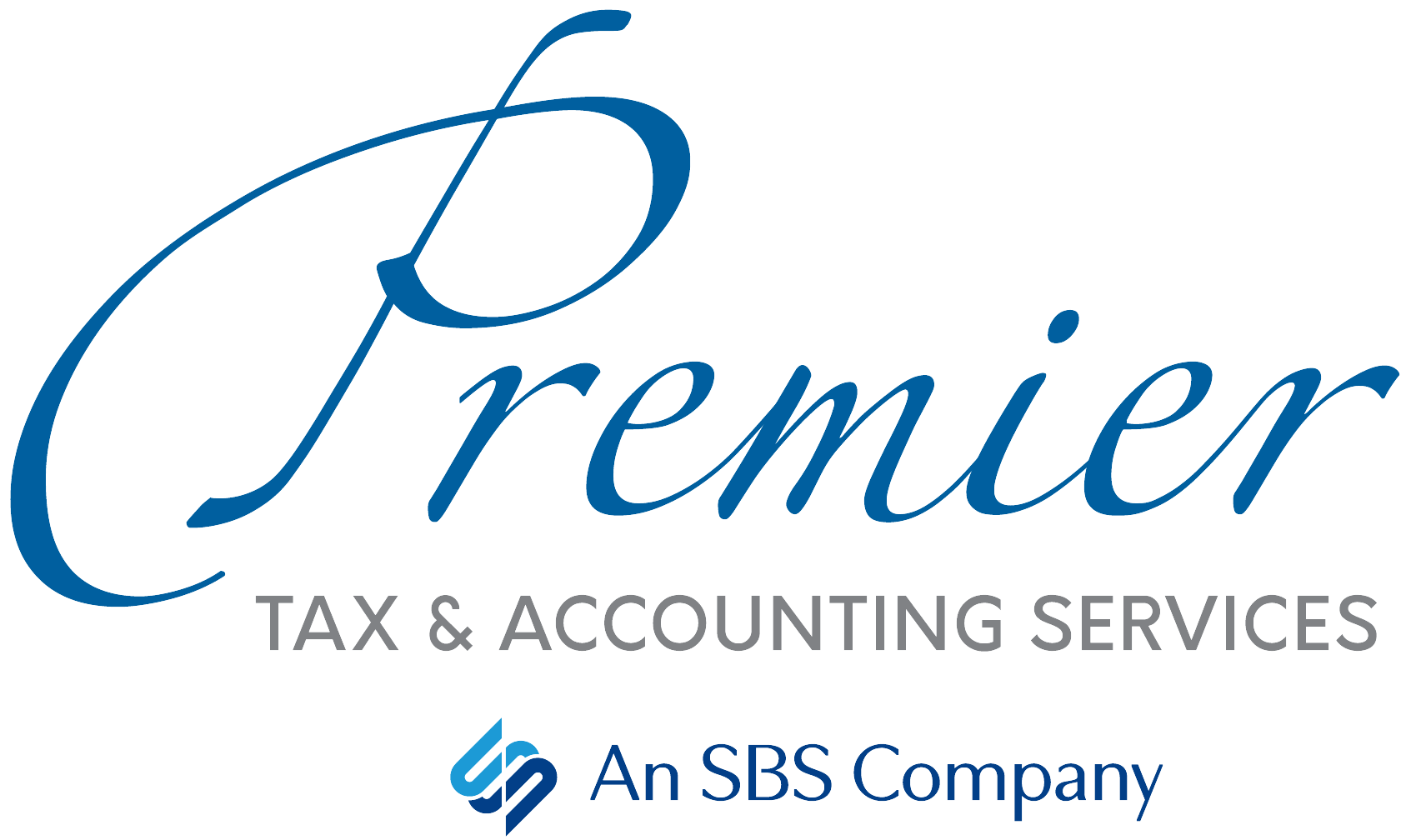The Tuesday after Thanksgiving is known as “Giving Tuesday,” a day when many people make charitable donations. If you choose to donate on this day (or any other day), keep these tips in mind:
- Most contributions of cash or property made to a charitable organization are deductible as an itemized deduction on Schedule A of Form 1040. (If you do not itemize, then your charitable donations are not deductible.)
- Get a written receipt or acknowledgment for any charitable contributions of $250 or more.
- Contributions that are NOT tax-deductible include donations to private foundations or charitable remainder trusts, donations carried forward from prior years, or donations of time spent volunteering.
- You can use the IRS’s Interactive Tax Assistant to help determine if a charitable contribution is deductible.
- Research charities you are considering donating to carefully. You can use the IRS’s Tax Exempt Organization Search Tool to learn more about an organization’s federal tax status and filings.
- If you are age 70½ or older, you can make a qualified charitable distribution (QCD) directly from your IRA (other than a SEP or SIMPLE IRA) to a charity. The maximum annual amount you may exclude from income for a QCD is $100,000, and it can count toward your required minimum distribution (RMD) for the year.
Contact Us with Questions
If you’re unsure about the status of your charitable contributions or are interested in making qualified charitable distributions from your IRA, contact us for more details. We can help you make the most of your money and tax situation.
Have You Saved Enough to Retire?
New research by the Federal Reserve reveals that one in four Americans (including 27% who say they have already retired) have absolutely nothing saved for retirement. So how much should you save by the time you’re, say, 60 years old?
Broadly speaking, you should aim for the equivalent of your salary by age 30, three times by age 40, six times by age 50, and eight times by age 60, according to Fidelity. That means, if you earn $75,000 at age 60, you should have $600,000 (75,000 x 8) saved for retirement. You can find plenty of retirement calculators online. But it’s probably best to work with a personal financial advisor who can help you plan according to your current situation.
We’re grateful for all of our customers and clients, and we thank you for being a part of our journey this year. We wish you and your family a very Happy Thanksgiving!



